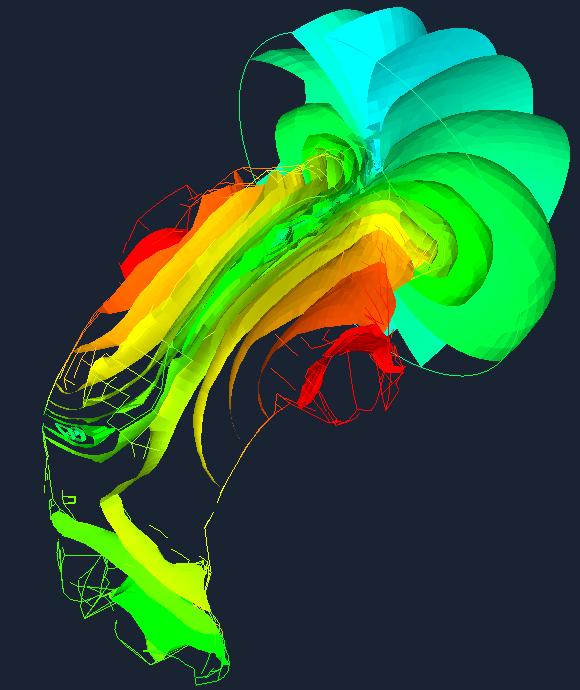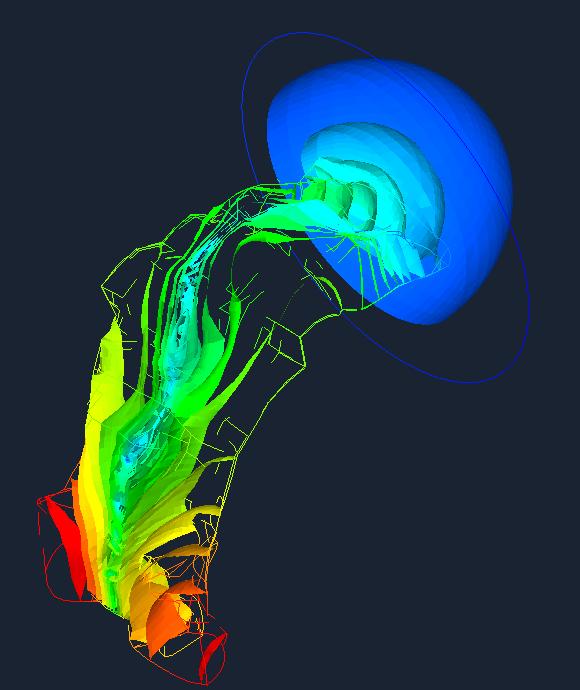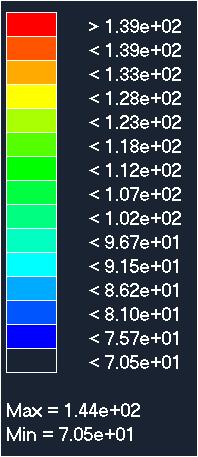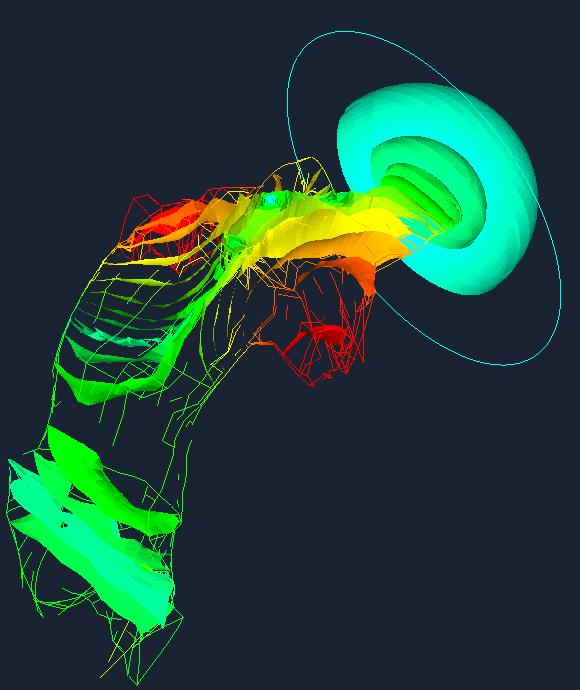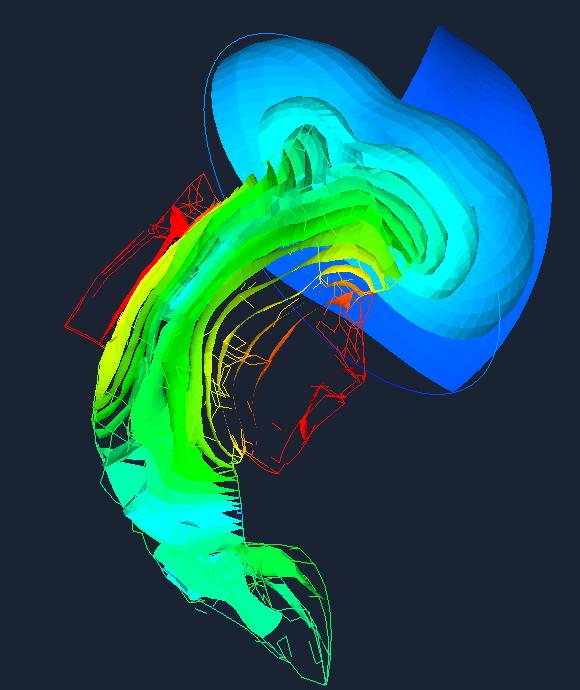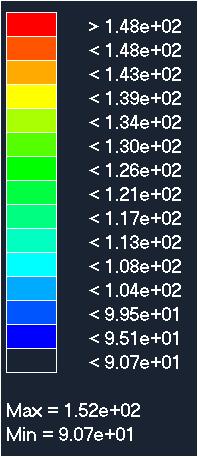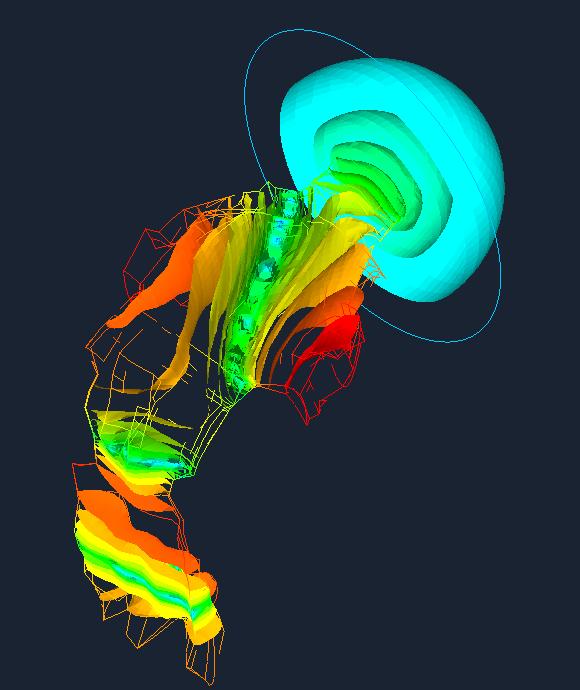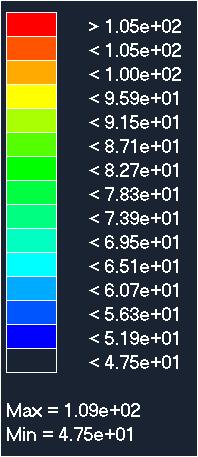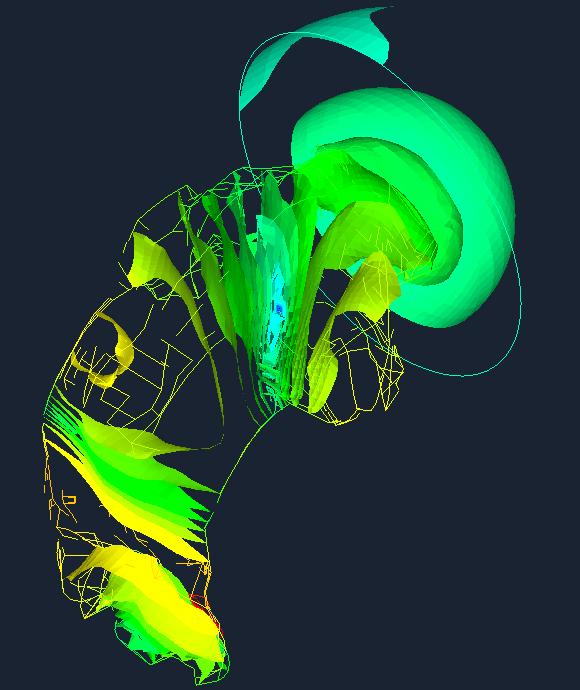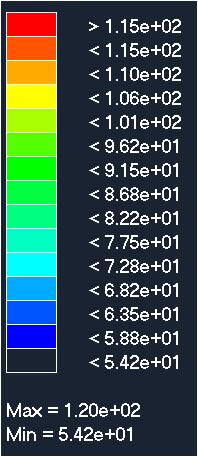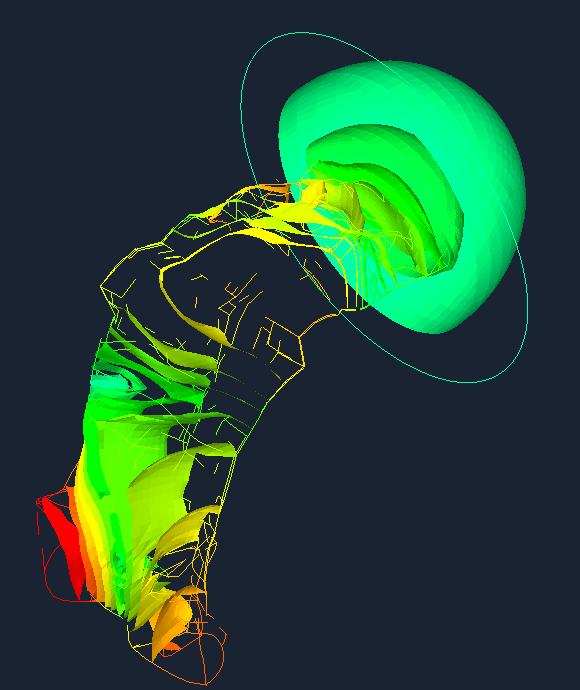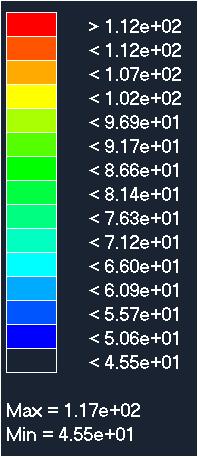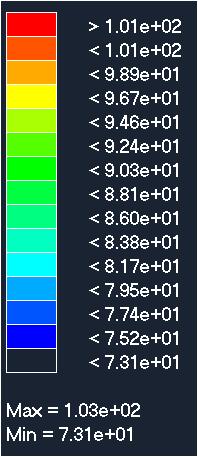>> Top >> Project >> Main research results >> Speech and language information processing group
![]()
Main research results
Using the 3-D finite element method (FEM), the purpose of this study is to investigate the acoustic characteristics of vocal tract models, which are specific to the five Japanese vowels' vocal tract shapes, minimally distorted (see Figure 1), and their approximation models, which simplify the vocal tract shapes with regard to the cross-section and the bend (see Figure 2). Comparing these results, we examined the effects of simplifying the vocal tract shape and when the vocal tract wall is assumed to be rigid. The results indicate that with the frequency range up to around the third formant these simplified models are considered to be effective approximations of reference models (see Figure 3). Moreover, although the sharp peaks and zeros by the higher order mode appear from around 3kHz in the vocal tract transfer functions when vocal tract walls are rigid, it is shown that the use of soft walls makes a sound wave propagate in a plane wave (see Figure 4) and suppresses the appearance of these peaks and zeros.
| /a/ | /i/ | /u/ | /e/ | /o/ |
|---|---|---|---|---|
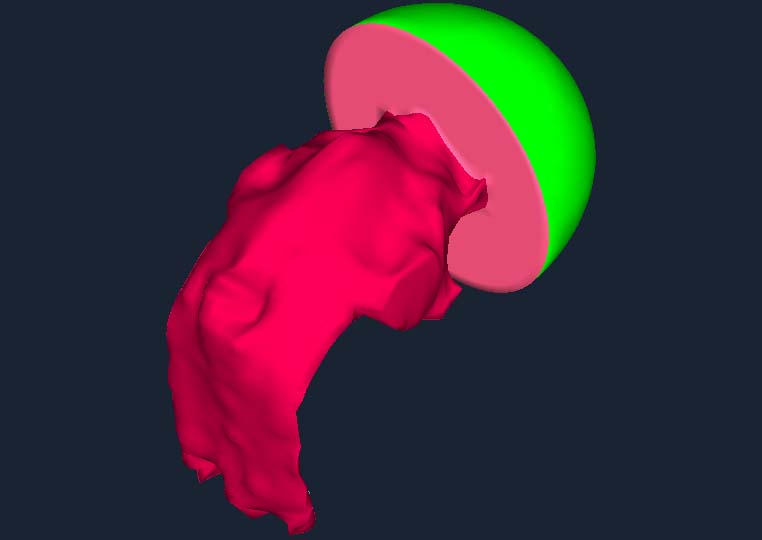 |
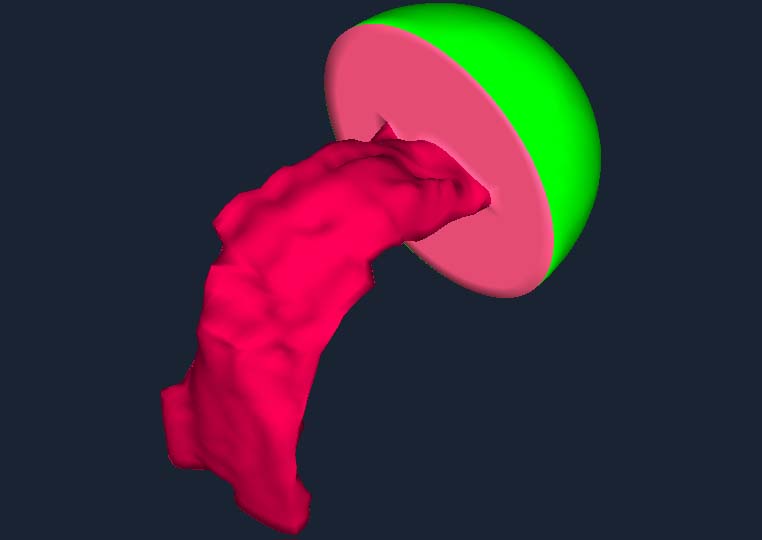 |
 |
 |
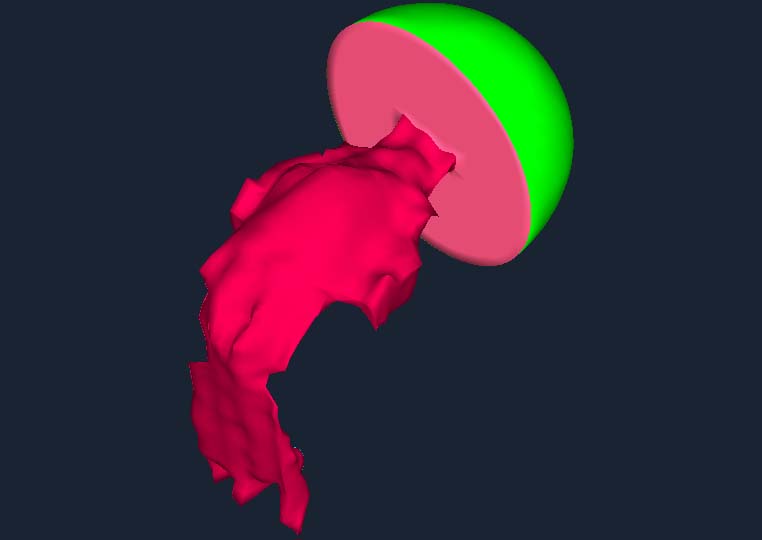 |
| Figure 1: Finite element meshes for original
vocal tract shapes. |
| /a/ | /i/ | /u/ | /e/ | /o/ |
|---|---|---|---|---|
 |
 |
 |
 |
 |
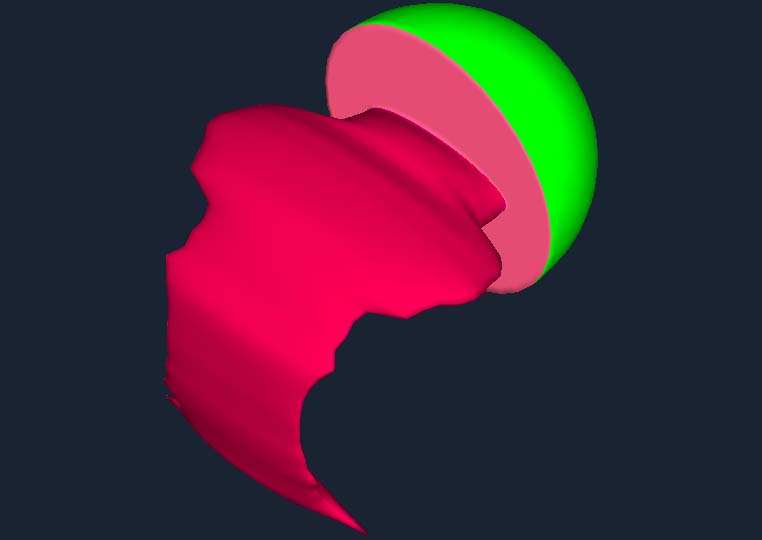 |
 |
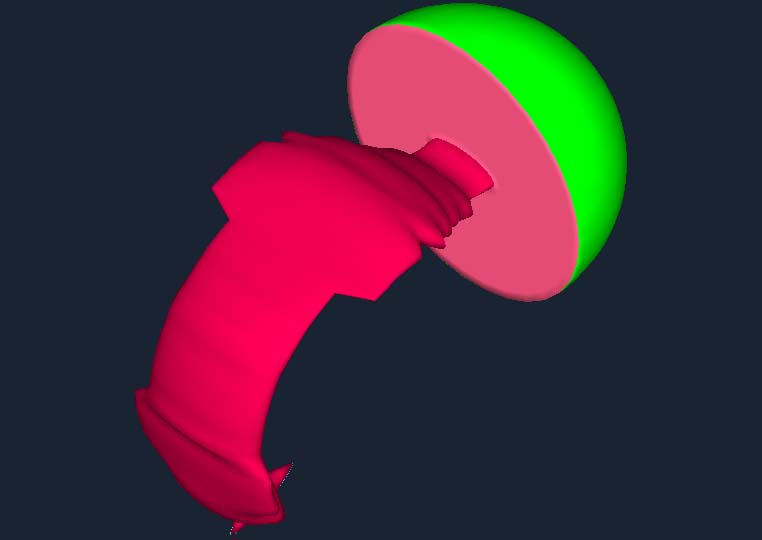 |
 |
 |
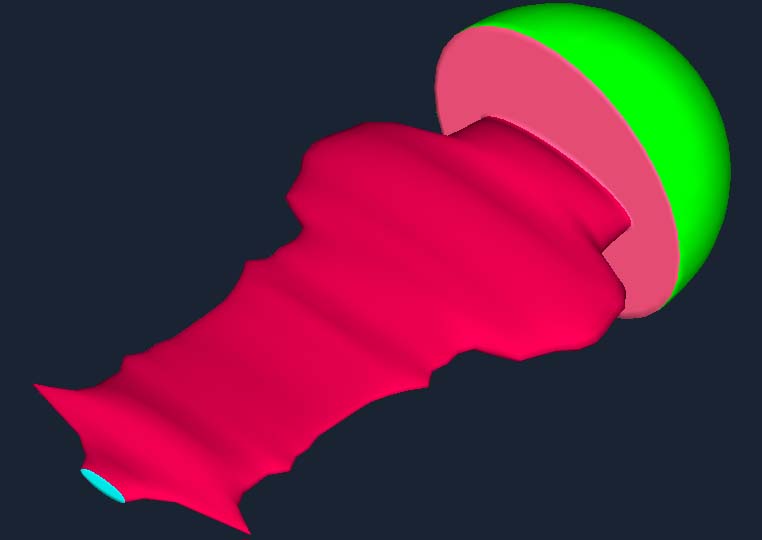 |
 |
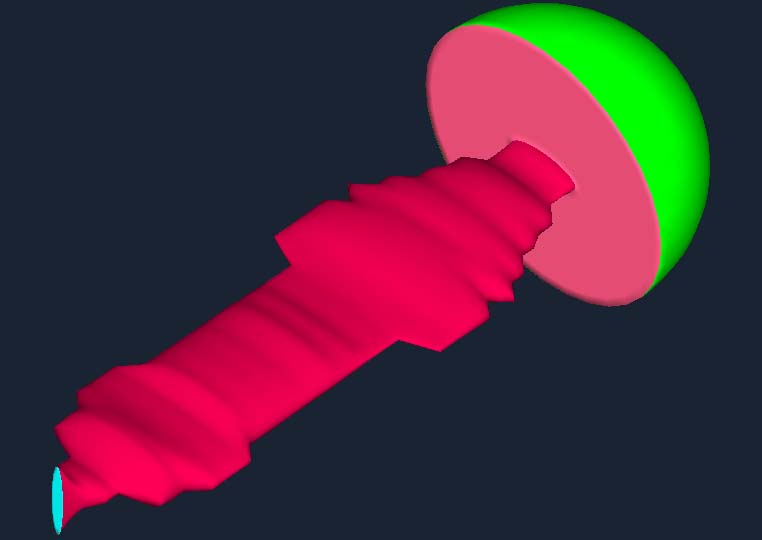 |
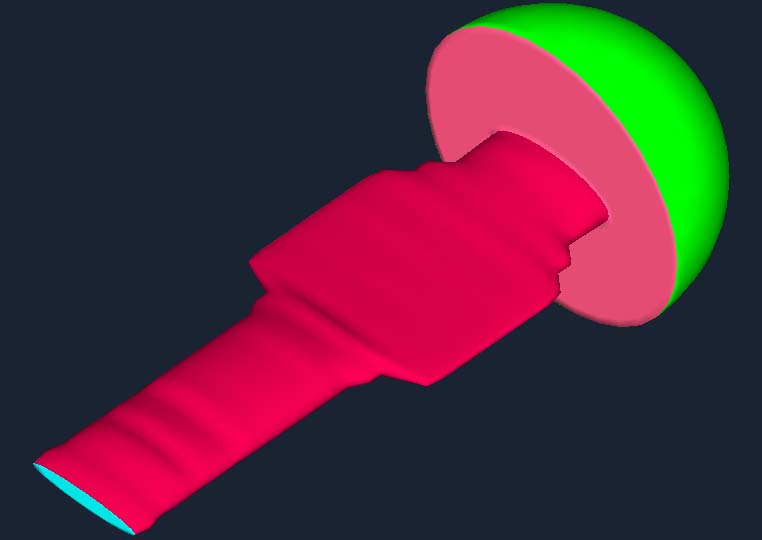 |
 |
Figure 2: Finite element meshes for simplified vocal tract shapes. Top: original models with straight configuration, Middle: elliptical models. Bottom: elliptical models with straightconfiguration.
| /a/ | /i/ | /u/ | /e/ | /o/ |
|---|---|---|---|---|
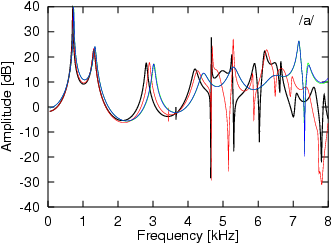 |
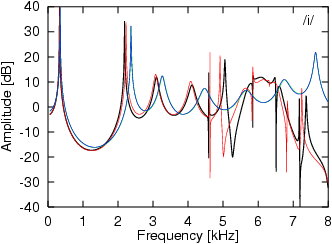 |
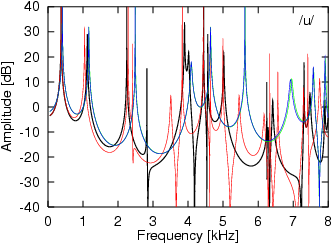 |
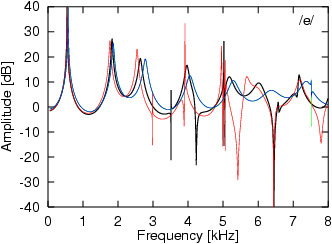 |
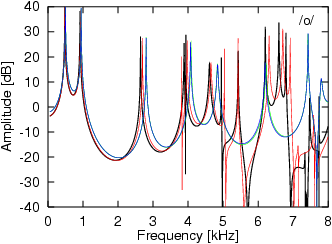 |
Figure 3: Vocal tract transfer functions. A rigid wall is assumed. Black lines: original model. Red lines: original model with straight configuration. Green lines: elliptical model. Blue lines: elliptical model with straight configuration.
| /a/ (3654 Hz) | /i/ (4591 Hz) | /u/ (2825 Hz) | /e/ (3516 Hz) | /o/ (3938 Hz) | |||||||||||
|---|---|---|---|---|---|---|---|---|---|---|---|---|---|---|---|
| rigid wall |
|
|
|
|
|
||||||||||
| soft wall |
|
|
|
|
|
| Figure 4: Relative sound pressure distributions in original models with a rigid wall or a soft wall. Driving frequencies are 3654 Hz for /a/, 4591 Hz for /i/, 2825 Hz for /u/, 3516 Hz for /e/, and 3938 Hz for /o/. Displayed contour steps are in dB. |
>> Vision
and image information processing group
>> Robot and control information processing group

